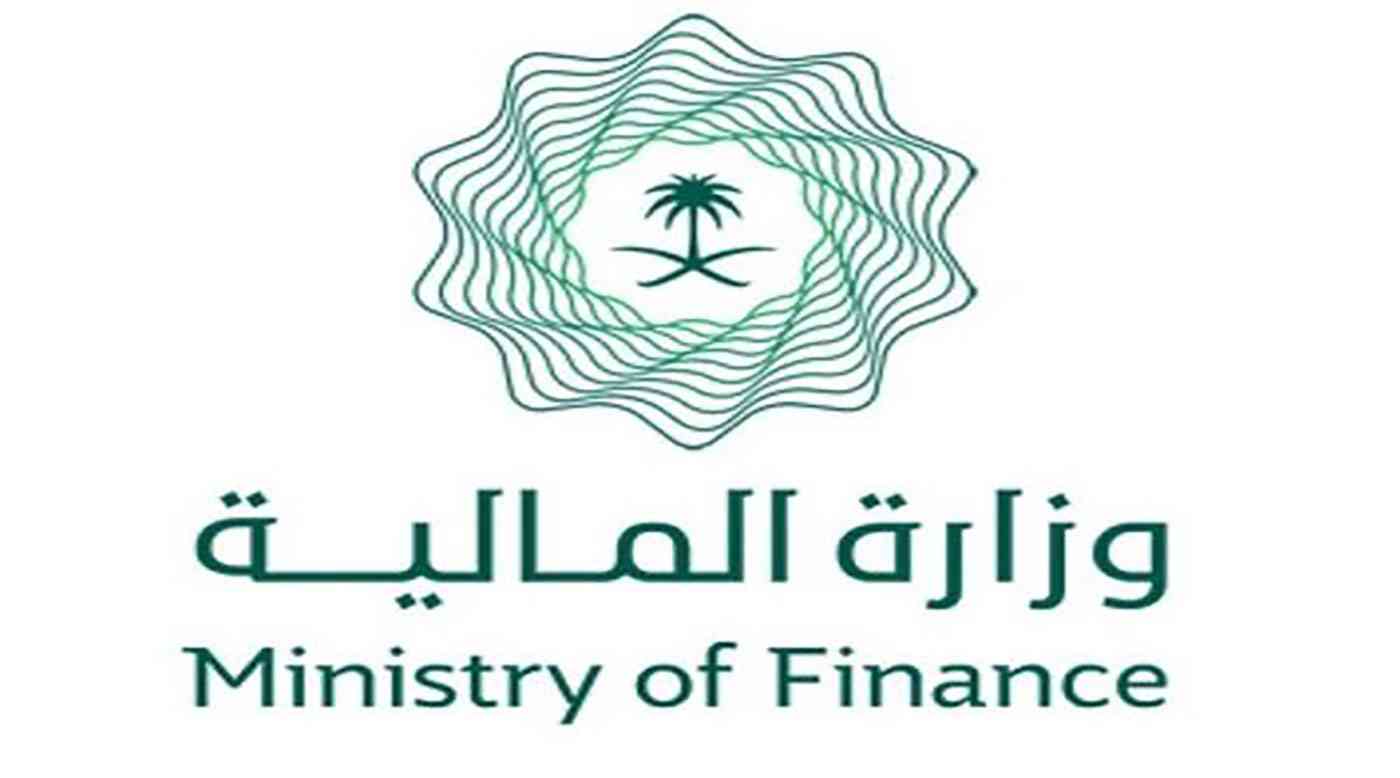Publisher: Maaal International Media Company
License: 465734
Saudi Government, Private Sector Raise $274 Billion in Debt Issuances Over Five Years: S&P
اقرأ المزيد
Saudi issuers, including the government, have raised over $130 billion through dollar-denominated issuances and $144 billion in local currency over the past five years, according to a report by Standard & Poor’s (S&P).
The report attributes this surge in debt issuances to the implementation of the Kingdom’s Vision 2030, a transformative plan aimed at diversifying the economy beyond oil. Government issuances accounted for approximately 60% of the total, reflecting the Kingdom’s significant investments in non-oil sectors and the banking system.
S&P expects Saudi entities to continue leveraging both global and local capital markets to finance Vision 2030 initiatives. While debt levels are projected to remain manageable in the short term, the agency’s baseline scenario anticipates the private sector debt-to-GDP ratio staying below 100% over the next 12-24 months.
The report highlights a shift in issuance dynamics, with Saudi corporates historically comprising two-thirds of non-government dollar-denominated issuances. However, banks are expected to take on a more prominent role moving forward.
The increasing reliance on debt capital markets exposes Saudi issuers to potential market volatility. Yet, this trend is unfolding in a favorable environment of low interest rates and positive market conditions. Despite significant investments across various sectors, the Kingdom’s sovereign and economic debt positions are expected to remain sustainable.
S&P also noted the critical role of banks and corporates in facilitating Vision 2030. A key development to watch in the next one to two years is the potential emergence of a real estate-backed securities market. By the end of September 2024, Saudi banks held more than $175 billion in real estate financing, predominantly fixed-rate, funded largely by local deposits.
With declining interest rates, some of this financing could return to trading, enabling banks to offload real estate assets in the secondary market without incurring losses. This development hinges on resolving legal challenges associated with real estate-backed securities, which could attract both local and international investors.
A robust real estate-backed securities market would enhance banks’ financial capacity to support Vision 2030 initiatives. This could be achieved through existing platforms like the Saudi Real Estate Refinance Company or direct market issuances, further accelerating the Kingdom’s economic transformation.








